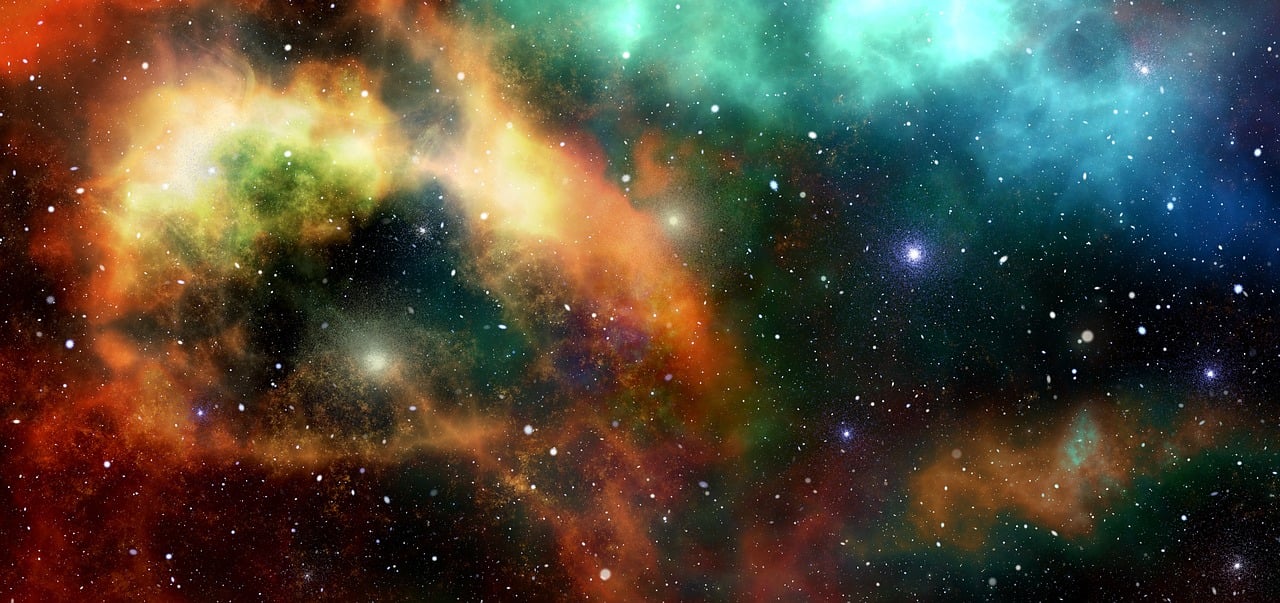Discovering new galaxies and learning about them allows scientists not only to get to know how they formed, but can also tell a lot about the origin of the universe. A group of astronomers has unveiled another discovery and it is about galaxy movement.
According to the astronomers, similarly like planets that rotate around their axis, or Earth that orbits the Sun once in a year, all galaxies seem to rotate once in a billion years, despite being very large or very small.
“It’s not Swiss watch precision, Professor Gerhardt Meurer from the UWA node of the International Centre for Radio Astronomy Research (ICRAR) said in a statement. “But regardless of whether a galaxy is very big or very small, if you could sit on the extreme edge of its disk as it spins, it would take you about a billion years to go all the way round.”
According to Meurer, the galaxies of the same size usually house an equal average interior density, which is determined with simple math.
“Discovering such regularity in galaxies really helps us to get better understanding the mechanics that make them tick-you won’t find a dense galaxy rotating quickly while another with the same size but lower density is rotating more slowly,” he explained.
Meurer along with his team discovered that there are older stars that exist out to the edge of galaxies. Meurer said that using their existing models, they expected to find mostly a small population of younger stars and interstellar gas.
“Based on existing models, we expected to find a thin population of young stars at the very edge of the galactic disks we studied,” he said
“This is an important result because knowing where a galaxy ends means we astronomers can limit our observations and not waste time, effort and computer processing power on studying data from beyond that point,” Meurer said. “So because of this work, we now know that galaxies rotate once every billion years, with a sharp edge that’s populated with a mixture of interstellar gas, with both old and young stars.”
Meurer added that they plan to use the next generation of radio telescopes in the future, including the soon-to-be-built Square Kilometre Array (SKA) that can deal with a lot of data. Given that astronomers now know about the characteristics of the edge of galaxies, the processing power of the telescope will be reduced, as it won’t need to search through so much data.
“When the SKA comes online in the next decade, we’ll need as much help as we can get to characterize the billions of galaxies these telescopes will soon make available to us.”
Astronomers will continue researching the galaxy movement for gathering more information. Their current findings will appear in Monthly Notices of the Royal Astronomical Society on March 14. The paper is titled: “Cosmic clocks: A Tight Radius – Velocity Relationship for HI-Selected Galaxies.”





